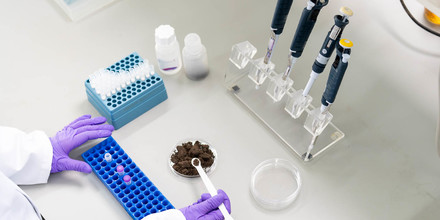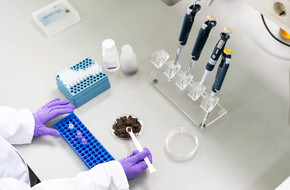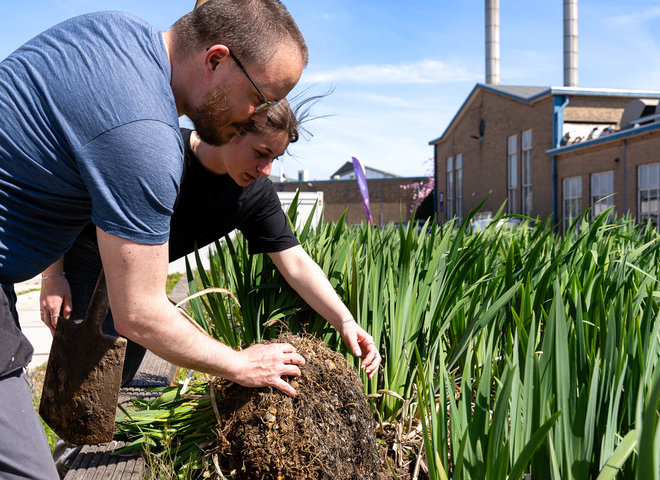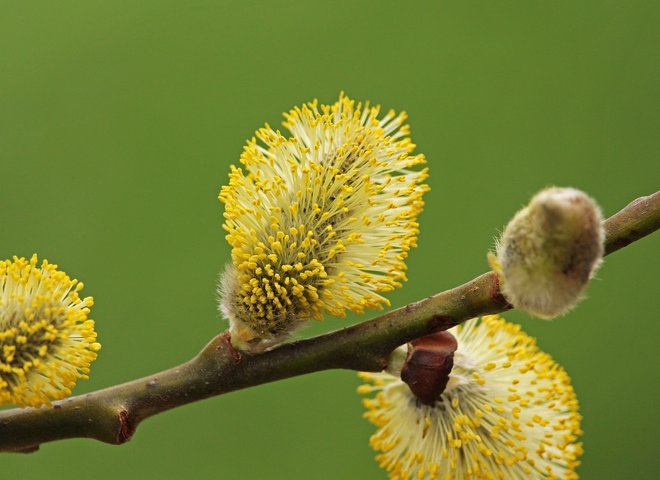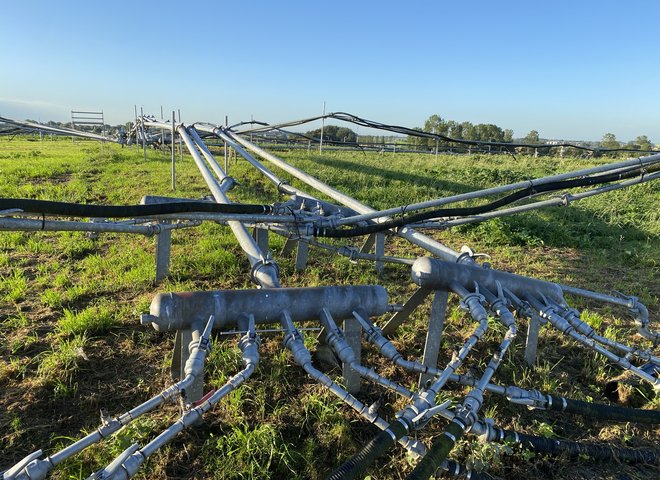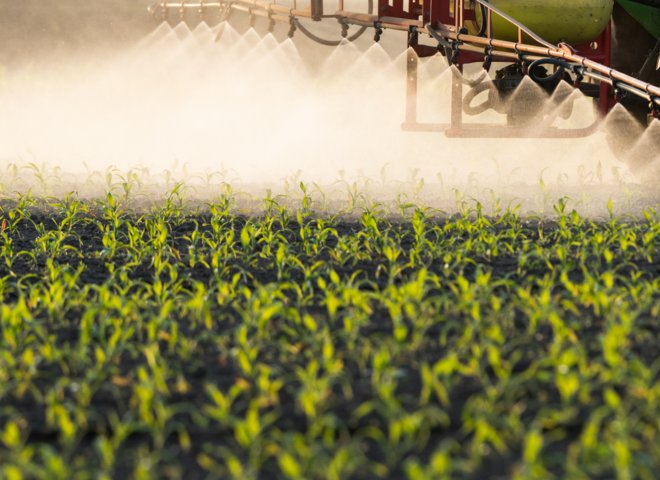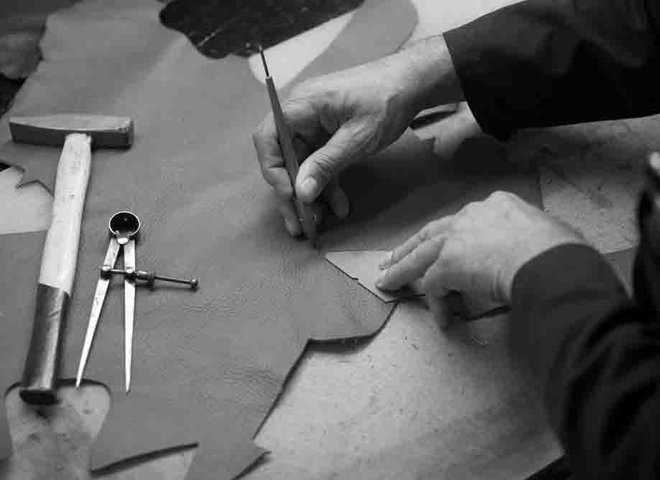How Effective Are Purifying Trees Against Dichloroethene and Vinyl Chloride Pollution?
The plume is contaminated with volatile chlorinated hydrocarbons that have arisen not only from the landfilled waste, but also from a business park further upstream.
This location has been selected for a special pilot in order to study the effectiveness of the purifying trees and, in particular, their contributions to groundwater plume control and remediation. In this case, it was decided to focus the remediation on dichloroethenes and vinyl chloride contamination at a depth of 4.5-5.5 m below ground level.




